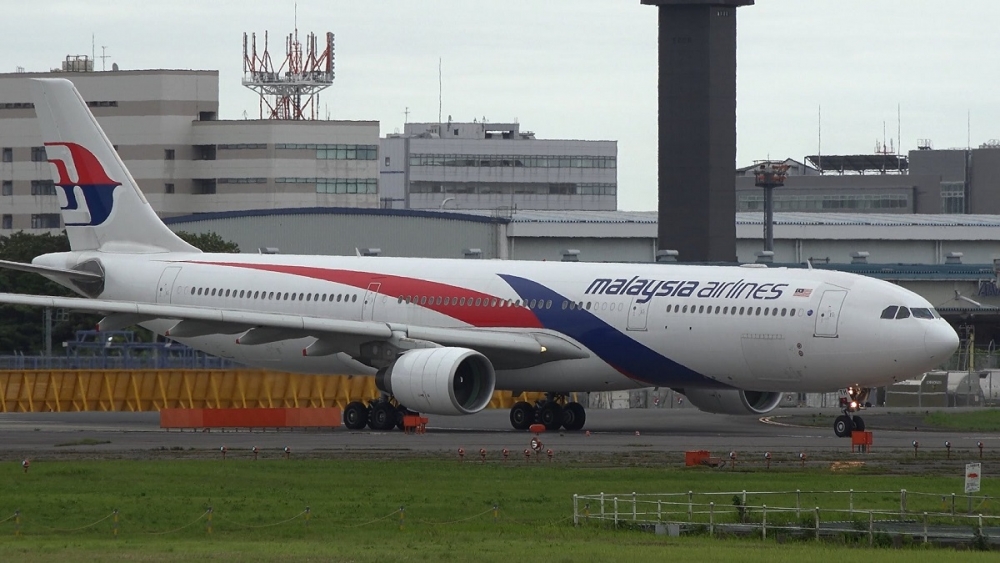MALAYSIA Airlines has become to the first carrier to sign up to a space-based system that will be able to track its aircraft in real-time around the world.
The airline will get access to SITAONAIR’s AirCom Flighttracker system linked to Airean’s space-based Automatic Dependent Surveillance-Broadcast (ADS-B) satellite system. ADS-B is a successor to radar that using GPS to accurately determine the position of an aircraft.
The Airean technology, which is also designed to benefit air traffic controllers, will use the low-orbiting Iridium NEXT satellite constellation to transmit aircraft parameters such as position, height, speed and heading to airline operation centres.
The first of 66 orbiting Iridium satellites were launched from California in January on SpaceX Falcon 9 rocket and the system is expected to come online when the constellation is completed in 2018.
The SITAONAIR system combines the satellite capability with existing information from FlightAware sources and Future Air Navigation System (FANS) activity data.
The companies say the satellite network will resolve any remaining gaps in data feed coverage over oceanic and remote airspace without the need for additional avionics on aircraft already equipped with ADS-B out technology.
Tracking became an issue after the mysterious disappearance of Malaysia Airlines flight MH370 over the southern Indian Ocean in 2014 and the new system will not, at least at this stage, prevent a pilot from turning off the ADS-B.
But a SITAONAIR spokeswoman said airlines using the system would be automatically alerted within minutes if an aircraft’s inflight ADS-B out signal is disrupted.
"The industry is working towards a recommendation for a fully autonomous system that would persist beyond a loss of power on the aircraft, but the nature of this has not yet been agreed,'' she said.
The move towards an autonomous system comes after the disappearance of the Malaysia Airlines Boeing 777 prompted a mandate from the International Civil Aviation Organisation that airlines track the position of an aircraft every 15 minutes.
The ICAO mandate, which did not stipulate the technology that should be used, also requires that an aircraft can autonomously transmit location information at least once every minute when an aircraft is in distress. This would allow rescuers to pinpoint an impact point within six nautical miles (11kms).
What the agreement with Malaysia will do is give the carrier access to real-time tracking data on all its aircraft.
“Real-time global aircraft tracking has long been a goal of the aviation community,” Malaysia chief operating officer Izham Ismail said in a statement. “We are proud to be the first airline to adopt this solution using space-based ADS-B data as part of SITAONAIR’s AIRCOM FlightTracker.”
FlightAware chief executive Daniel Baker said Malaysia would have access to real-time tracking of its fleet even in areas where regional Air Navigation Service Providers did not have full surveillance.
“The result will be that Malaysia Airlines will have greater visibility of its aircraft’s exact location,” he said.
























